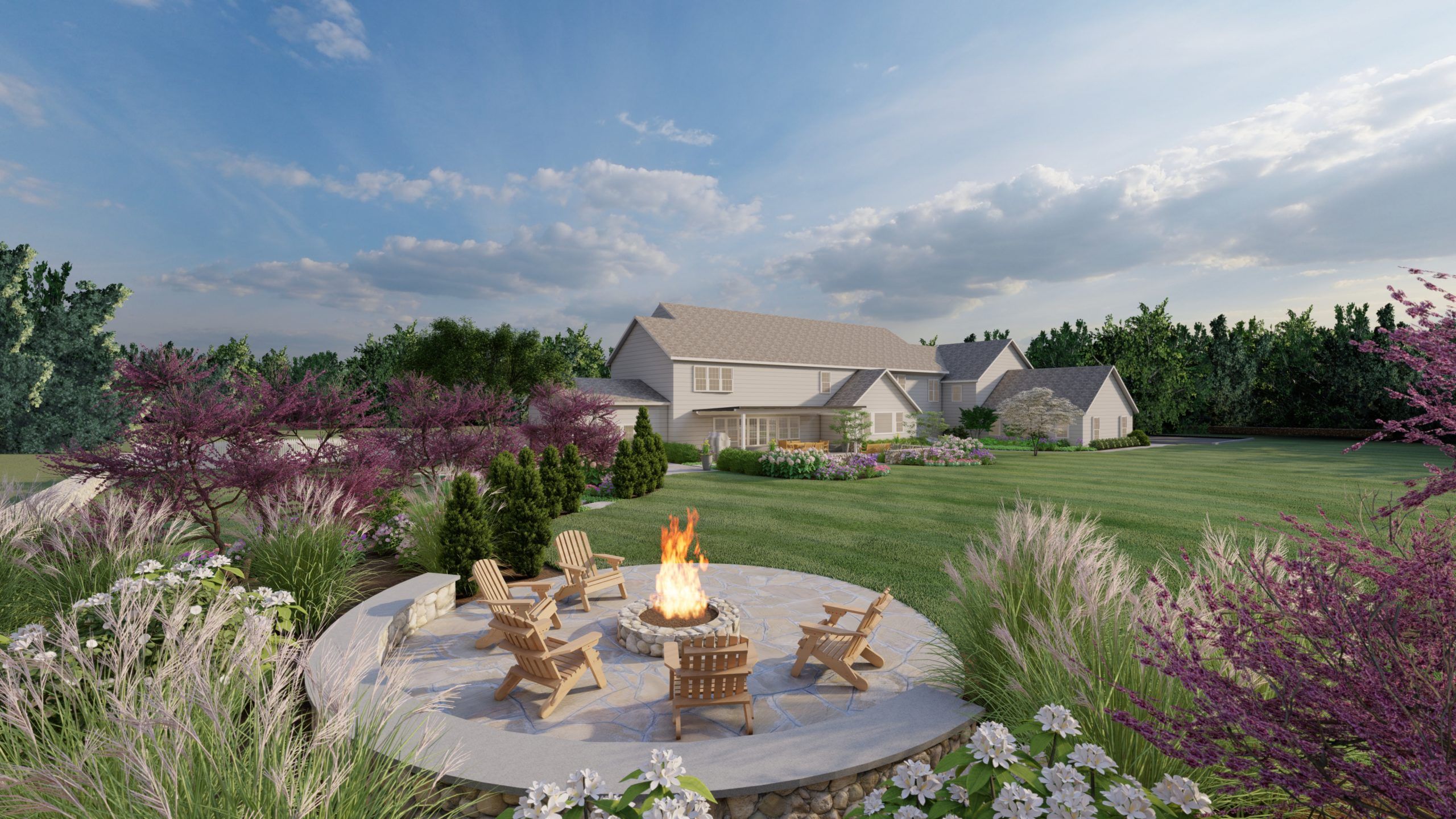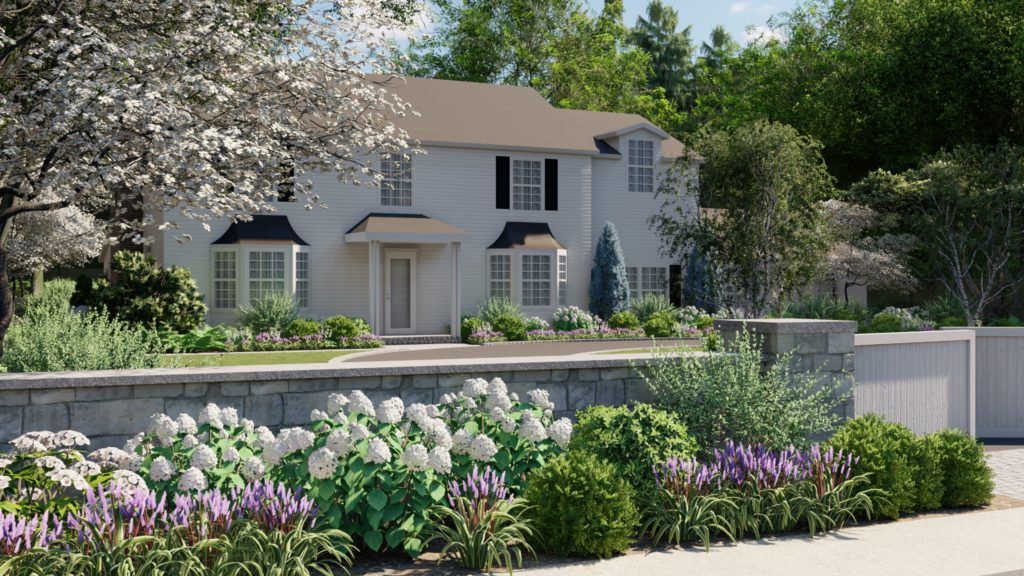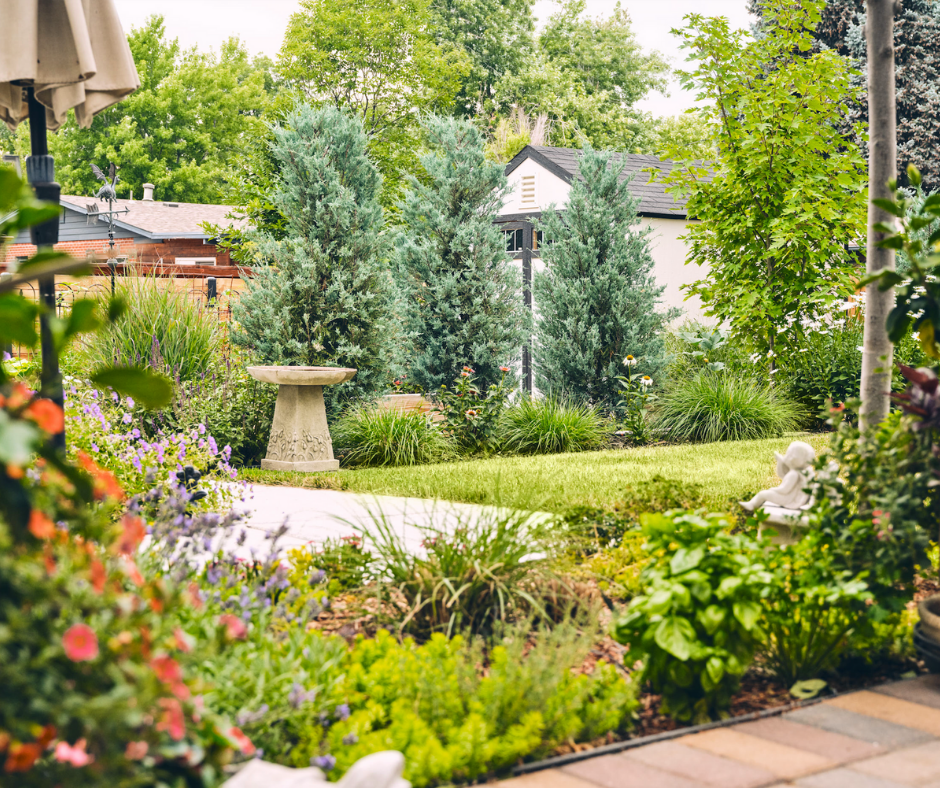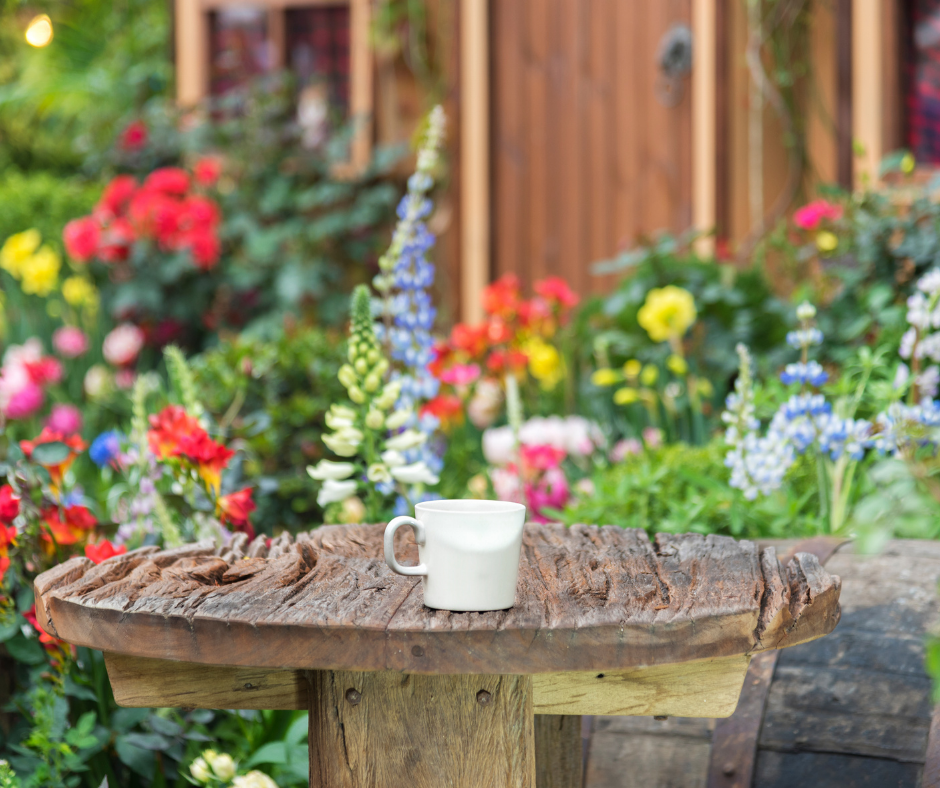Understanding Native Plants & Why You Need to Include Them
By Axis Fuksman-Kumpa • December 23, 2021

Native plants have been gaining traction in the world of landscaping—and for good reason as far as we’re concerned. Whether you’re looking for a low maintenance front yard plan, you’re passionate about caring for your local ecosystem, or you just discovered anti-lawn TikTok (it’s a real thing!), read on to find everything you need to know to understand what native plants are and how to use them in your landscaping.
What Are Native Plants?
Native plants are exactly what you’d expect—the plants that are native to a certain environment. They have grown and evolved to survive and thrive in the exact climate and ecosystem where you live. Landscaping with native plants can take a little research, but it pays off big time.

What Are the Benefits of Native Plants?
There are SO many reasons to incorporate native plants into your landscape design. If you’ve ever felt like taking care of your yard is more work than it should be, get ready to meet the low maintenance landscaping plants of your dreams. If you’re interested in nurturing the ecosystem around you, this is the environmentally friendly lawn plan you’ve been waiting for. Let’s talk about just a few of the ways that native plants can benefit you, your landscaping, and your environment!
Restore natural habitats
You might be surprised to know that most of the plants you’re used to landscaping with—right down to the grass on your lawn—are imported from all across the globe. According to Audubon, the continental United States has lost over 150 million acres of farmland and natural wildlife habitats to urban and housing development. 40 million acres of that land is lawn alone! By landscaping with native plants, you’re restoring a little pocket of the native ecosystem.
Help wildlife
You know who’s noticed all those missing acres of wild habitat? It’s your local wildlife. Habitat loss affects every creature on the foodchain. A few plants here and there might not feel like much to you, but they mean a lot to animals. Conservationist Doug Tallamy showed that native oak trees support at least 897 species of caterpillars, whereas imported gingko trees from Asia only support 5 native species. That number supports thriving insect biodiversity—and offers a buffet of options to mama songbirds when they’re feeding their babies.
Similarly, flowers that attract hummingbirds and butterflies sustain all sorts of pollinators; berries, nuts, and edible plants feed birds and mammals; and trees provide nooks and crannies for them all to sleep in. Small changes in your landscaping make a big difference for your local wildlife.
Low maintenance landscaping
It’s rare to find true “set it and forget it” plants, but native plants come pretty close. These plants can survive wild in your area, which means they don’t need much added care. Tilly recommends skipping fertilizer and pesticides, so we’re big fans of native flora that is happy to thrive au naturale. Plus, you can leave your pruning shears right on the shelf and kick back on the weekend because most of these plants are slow and steady growers. You’re welcome.
Conserve water
Speaking of low maintenance, native plants often need way less water than their imported cousins. Plants that are specialized to your climate and weather are used to growing with rainwater, which means they’re perfect for water conscious landscapers. Native plants are also champions of drought tolerant landscaping for just this reason. If you live in an arid climate, native plants are going to be the stars of your xeriscape landscaping.
Most likely to thrive in your climate
Plants that are acclimated to your climate are going to flourish in your climate! This one might seem like a no-brainer, but many of us have stubbornly tried to grow tropical plants way too far north and kept wondering why they struggled. If you’re in the desert, your native plants will be drought resistant. If you live in the great cold north, your native plants will survive those early autumn frosts. Whatever your climate, local plants will treat you to beautiful growth because they’re happy to be there.

Steps to Plant Native in Your Yard
Interested in taking the plunge and starting your native plant landscaping? Turns out it’s a lot like conventional landscaping—just with a little more research up front and less maintenance after everything is planted. Sounds like a good trade off to us.
#1 // Do your research
First things first, you have to know the area you want to plant in. Is it right in the direct sun? Or maybe in a shady, wet area? You’ll have to select plants accordingly. The next step is to research exactly what plants grow in your area. (Keep reading and we’ll tell you how to do just that.) Consider picking plants with your local wildlife in mind—think flowers for pollinators, seeds for songbirds, berries for all the animals, and trees for them to shelter in.
#2 // Plan your layout
Once you know the plants you want to use, it’s time to choose the ideal locations for them. You already know which belong in sun and in shade and can plant accordingly. The other half of the equation is letting your artistic side take over in creating visually appealing arrangements. Try planting clusters of the same plants together for an amazing focal point. Arrange plants of different heights so you can appreciate them all—shortest in the front, tallest at the back.
Plan ahead season by season so you’ll have something blooming spring, summer, and autumn. And don’t be afraid to add in extra features to add visual texture and a little extra oomph for native wildlife, like hollowed out boulders (or a good ol’ fashioned bird bath) to collect rainwater and let your neighborhood birds get some R&R.
#3 // Prepare your plot
Good prep will save you plenty of headaches down the road. Thoroughly weed any area you’re planning to plant in, and make sure you get all the way down to the roots—you don’t want any of those stubborn growers coming back uninvited. Consider adding in some organic compost to boost the nutrition of your soil and give your native plants a good start in their new locale. If you’re planting near lawn grass or other cover plants that spread, make sure to use deep edging around your new plot to keep it nicely defined. No crossing boundaries here.
#4 // Get to planting!
It’s the moment you’ve been waiting for: finally getting your plants in the ground. If you’ve done your research and planning right, this might actually be the easiest part of the process—although we can’t promise you won’t be a little sore the next morning. Plant on cooler days in the spring or autumn to make sure your plants don’t experience too much stress as they dig their roots in and get comfy in their new home.
#5 // Keep up the TLC
Native plant landscaping is low maintenance, but that doesn’t mean NO maintenance. Keep an eye on your scape and give it a little tending when it needs it. Pick any pesky weeds early before they can get established and feel free to supplement the rain with some watering during any dry spells. If you’re interested in creating habitats for wildlife, consider leaving some fallen leaves and branches in brush piles at the edges of your plot to provide shelter for your neighborhood animals. Most importantly, sit back and enjoy the fruits of your labor—both figuratively and possibly literally depending on what native plants you picked for your landscaping.

Resources to Create a Native Plant Plan
If you’re raring to go on native planting, we’ve got your back. There are plenty of resources available to help you find your local flora and create the perfect landscaping plan for your space and scope.
- Are you a researcher by nature? Use an online native plant finder to discover all of the plants that grow in your area. These options will become the foundation of your native plant landscaping as you learn more about which plants suit your needs.
- Looking for local resources? There are native plant societies across the continent that are experts in knowing exactly what grows and thrives where you live. They provide educational resources and advice to people who want to plant native.
- Want a helping hand? Reach out to the professionals. Check in with local nurseries in your zip code to see if they have experience in native plant landscaping. (If you’re lucky, you might even have a native plant nursery near you.)
Or get in touch with our experts for online landscape design. Our team has expertise creating beautifully designed native-planted landscapes across the map. Whether you’re planting an area that’s stiflingly humid and subtropical or just hoping some of your plants will survive a forever-long winter, we can help you figure out the perfect options for your space.
With all this info under your belt, you’re ready to get your hands dirty and dive into the world of native plant landscaping. Tell us—have you incorporated any native plants into your yard already? Or do you have more questions to prep for your enviornmental landscape design? We want to hear it all.
Read more about: Sustainable Design